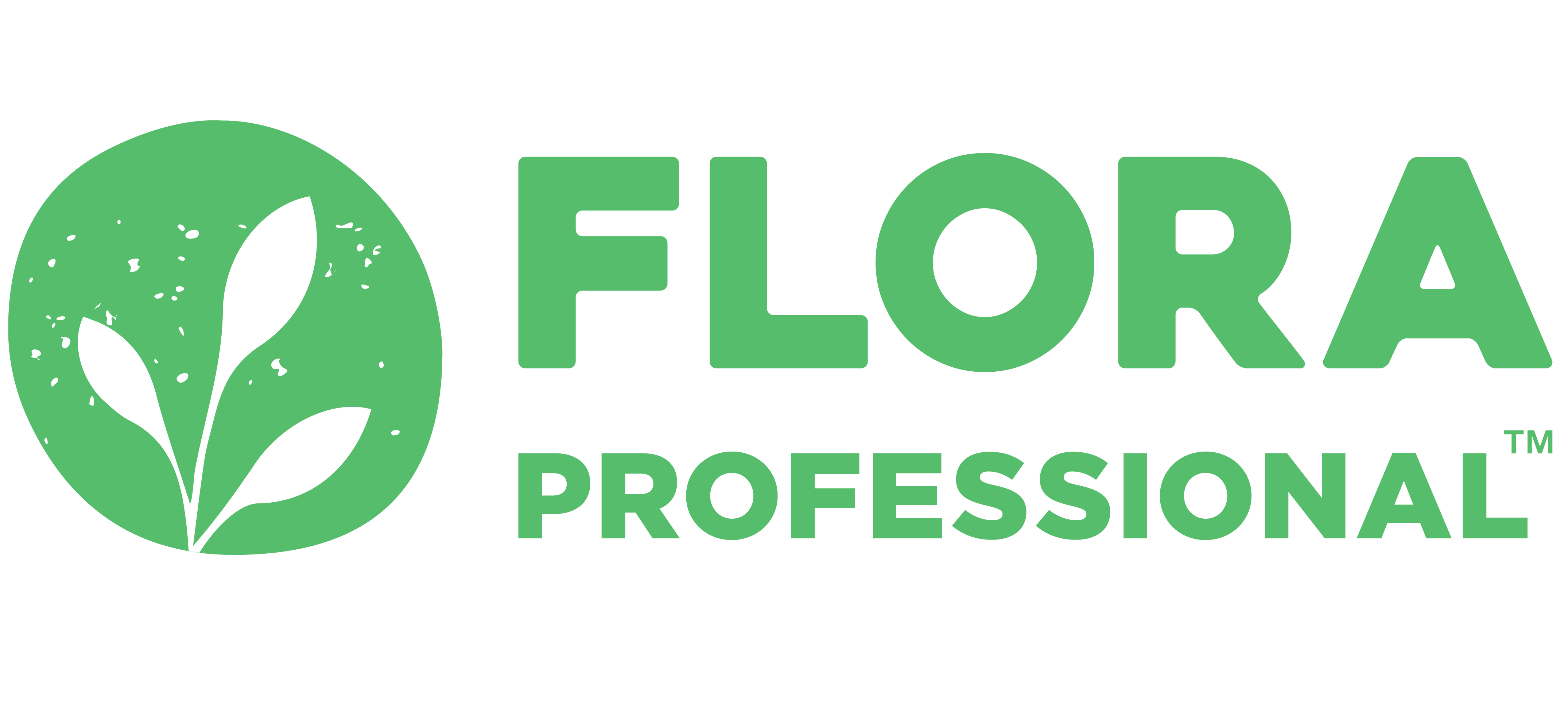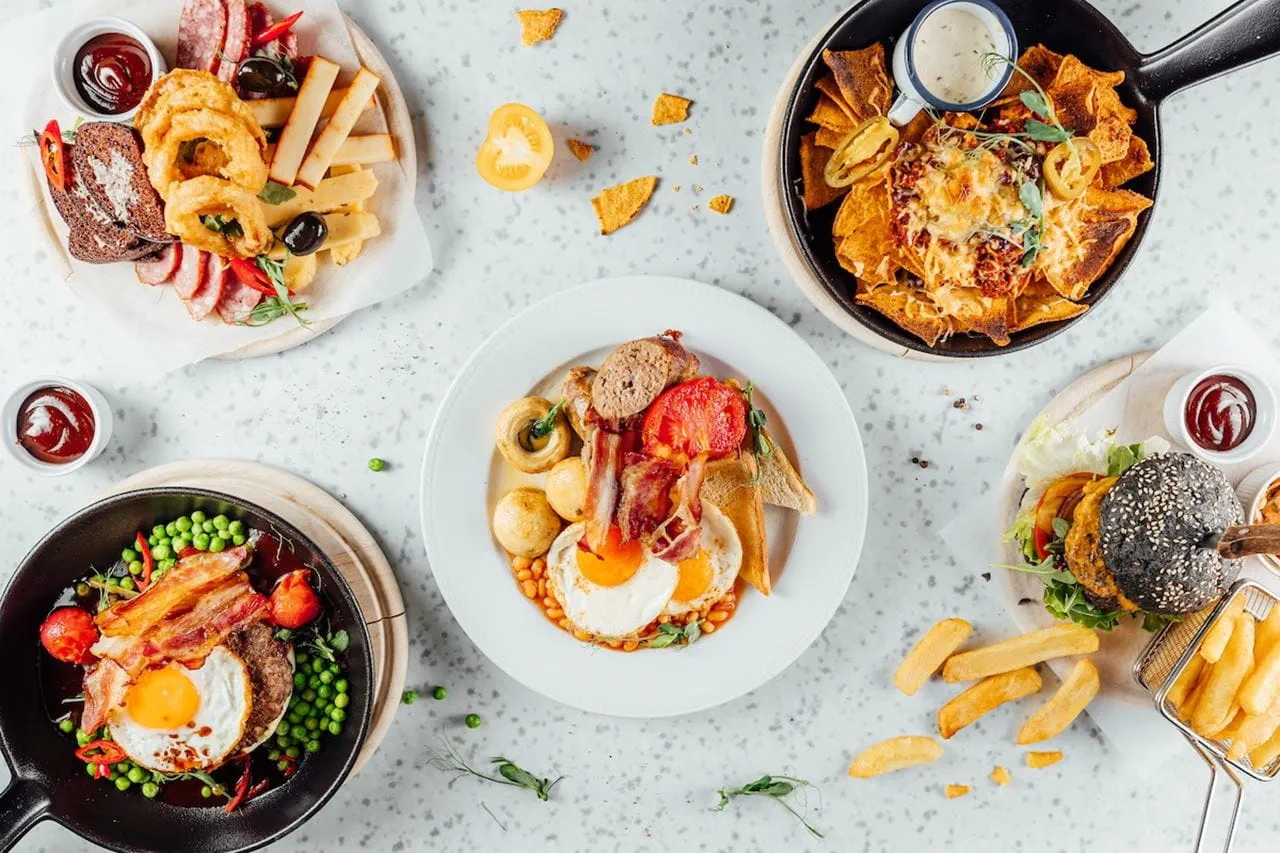What If Cutting Costs Didn’t Mean Cutting Quality? Try These Proven Tips
If you're a restaurant, café, or bakery owner in Thailand, chances are you’ve faced the rising pressure of higher operating costs—from fluctuating ingredient prices and utility bills to labor and logistics expenses. And in today’s market, keeping your edge while managing rising expenses requires more than just good food—it demands smart strategy. That’s why effective restaurant cost management has become more than just good practice—it’s a survival strategy. Managing your costs wisely can help your business not only stay afloat but also grow sustainably.
1.Cutting Costs Without Compromising on Food Quality
Inconsistent food costs are challenges for many business owners. One of the most effective ways to address this is to optimize your food ingredient usage:
Build menus using shared ingredients: A single ingredient should be used across multiple dishes—like curries, stir-fries, or soups—to simplify stock management and reduce waste. This helps lower ingredient costs in bakeries and restaurants.
Swap expensive ingredients with smart alternatives: For instance, instead of relying on traditional butter—which can be costly and difficult to store—consider switching to a high-quality margarine like Blue Band. It matches butter in taste and texture, while outperforming it in shelf life and kitchen efficiency. You get the same rich, buttery aroma your customers love, but with easier handling, no refrigeration required, and greater cost control for your kitchen.
Use smart promotions to minimize waste: Implement "golden hour" discounts on items close to expiration. Offering 20% or more off allows you to recover costs instead of throwing products away—just like supermarkets do with yellow-tagged items.
2.Master Your Inventory Like a Pro When Inventory Goes, So Does Profit.
Adopting the FIFO method (First In, First Out) is one of the most reliable ways to reduce spoilage. Always use older stock first—especially with perishables like produce or meat—and clearly label expiration dates and storage temperatures.
If you operate in a retail-style setup, place near-expiry items at the front to ensure faster turnover.
3.Forecast Ingredient Needs Based on Real Sales Data
Track daily sales to predict demand and plan stock accordingly. Start by averaging your past 7 days of sales, then add a 5–10% buffer for peak days like weekends or paydays.
This helps avoid overstocking (which leads to spoilage) and understocking (which leads to missed sales).
If you’ve struggled with fresh butter melting too quickly or needing constant refrigeration, switching to Blue Band margarine could solve storage headaches. It’s easy to use and doesn’t require chilling—ideal for Thailand’s warm climate.
4.Create Set Menus to Boost Average Spend
Attracting more diners is ideal—but growing your revenue per order can be the game changer. Boost your revenue by increasing the average spend per bill. Set menus make it easier for customers to choose while delivering clear value and boosting your margins.
Examples: Rice + Side Dish + Drink = more appealing than ordering à la carte. Drink + Dessert = irresistible combo Set menus also let you use shared ingredients efficiently, minimizing overstock.
Final Takeaways: Data-Driven Cost Management Wins in the Long Run
In today’s market, profits don’t just come from high sales volume—they come from knowing your costs and managing them strategically. When you base your stock and menu decisions on real sales data, you minimize waste and lay the groundwork for long-term business success.
Your restaurant, café, or bakery doesn’t need to rely on guesswork. With a few smart systems and the right tools (like cost calculators and POS software), you can transform a small-margin operation into a profitable, growing business.






